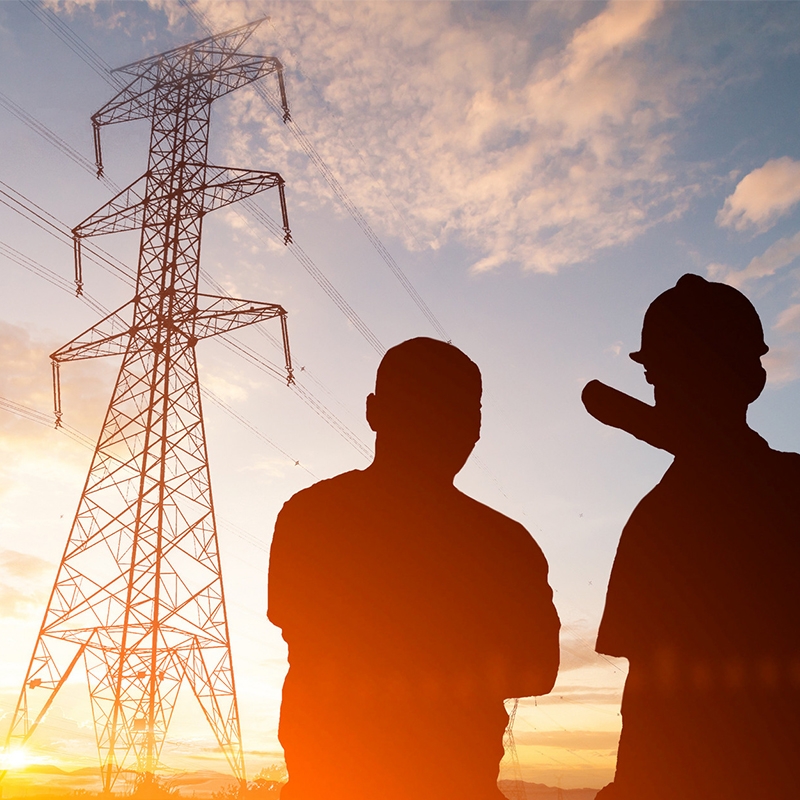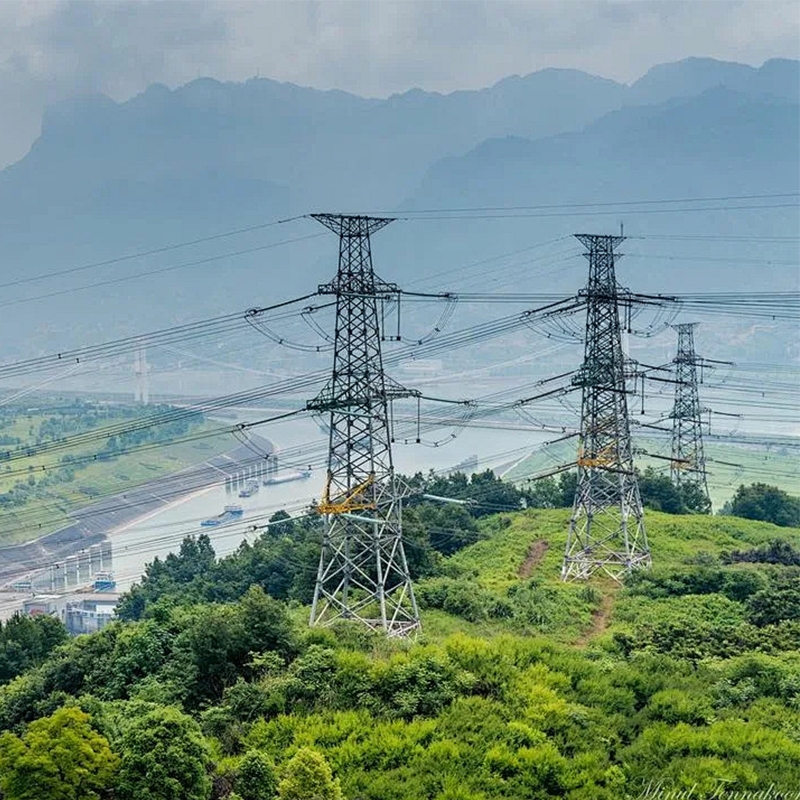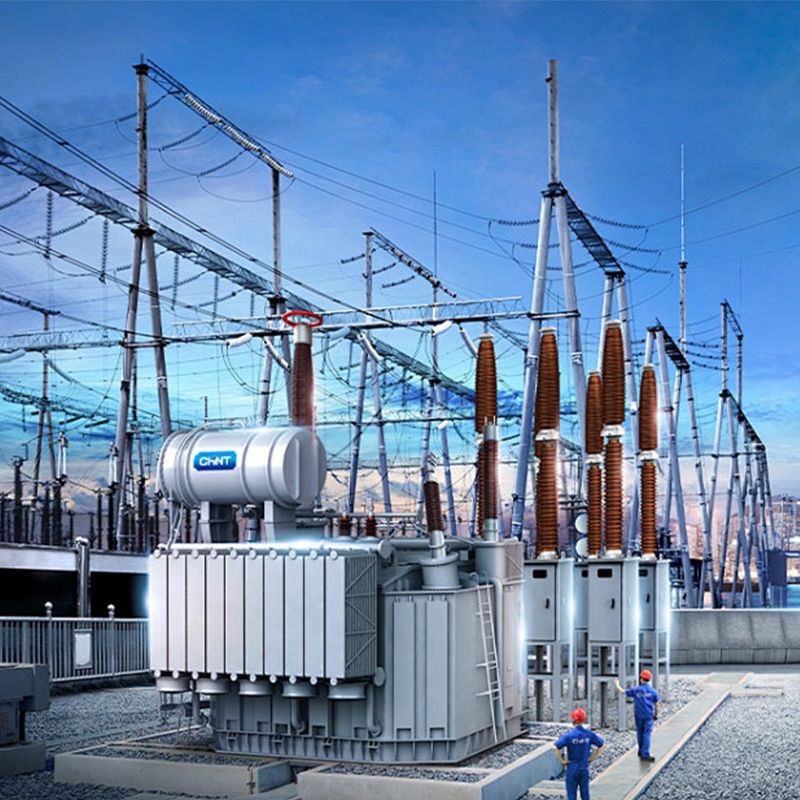Abnormal operation and accident handling of transformers
I. Handling of Abnormal Operation of Transformers
When the on-duty personnel find any abnormal phenomenon during the operation of the transformer, they should try to eliminate it as soon as possible, report to the superior and keep a record.
When the transformer is overloaded, it should be reported to the shift supervisor, the load should be restricted, and the oil temperature on the upper layer of the transformer should be closely monitored to restore normal operation as soon as possible. When the transformer is overloaded beyond the allowable value or the permitted time, efforts should be made to adjust the transformer load. If there are no adjustment measures available, the transformer should be shut down immediately.
When the three-phase currents of the transformer are unbalanced, the operating personnel should monitor that the maximum phase current does not exceed the rated value.
4. When the temperature of the transformer oil rises above the permitted temperature, the on-duty personnel should carry out the following tasks:
1) Check the load of the transformer and the temperature of the cooling medium, and compare them with the normal temperatures under the same load and cooling medium.
2) Check whether the three-phase currents of the transformer are balanced;
3) Check the ventilation conditions of the transformer cooling device or the transformer room;
4) Check the temperature measurement device to see if the temperature of the transformer casing has risen and if there is any abnormal increase in the oil level.
5) Check whether the temperatures of each heat sink of the transformer are consistent and whether there is any blockage.
6) If the temperature rise is caused by a malfunction of the cooling system and cannot be handled during operation, the transformer should be shut down and the problem eliminated. If the operation cannot be immediately shut down for handling, the on-duty personnel should adjust the load of the transformer to the corresponding load at the allowable temperature in accordance with the provisions of the regulations.
7) Under normal load and cooling conditions, if the temperature of the transformer is abnormal and keeps rising, and it is confirmed upon inspection that the temperature indication is correct, it is considered that an internal fault has occurred in the transformer, and the transformer should be immediately shut down.
8) When the transformer operates under various over-rated current modes, if the oil temperature at the top layer exceeds 105℃, the load should be immediately reduced.
When it is found that the oil level of the transformer is significantly lower than the oil level corresponding to the oil temperature at that time, the cause should be identified. When replenishing oil, follow the regulations. It is strictly prohibited to replenish oil from the lower part of the transformer.
6. The oil level of the transformer gradually rises as the temperature increases. If the oil level at the highest temperature may exceed the oil level indicator, the oil should be drained to an appropriate height to prevent oil overflow.
7. Abnormal sound from the transformer
1) Check if the transformer makes a discharge sound;
2) Check if there is any abnormal noise inside the transformer;
3) Check whether the external screws of the transformer are loose and whether there is any vibration or sound between the grounding wire and the terminal box.
4) If the problem is caused by the above reasons, please consult the relevant leaders to decide whether to cut off the power or not for maintenance. During operation, it is necessary to strengthen the inspection of transformers, promptly grasp the development of abnormal phenomena, and make corresponding accident predictions.
8. Handling of light gas protection actions
If there is gas in the gas relay, the gas volume should be recorded, the color of the gas observed and whether it is flammable tested. Contact the chemical personnel to take a sample for analysis. The cause of the light gas protection action and the nature of the fault can be identified by the amount, color and chemical composition of the gas accumulated inside the gas relay. The degree of the fault can be estimated based on the amount of gas. The identification of the gas color must be carried out quickly; otherwise, the color will disappear after a certain period of time.
2) If the light gas protection action is caused by the escape of the remaining air in the oil, the air in the gas relay should be released and attention should be paid to the time interval of the next signal action. If the time gradually shortens, if there is a backup transformer, it should be switched to the backup transformer for operation. If there is no backup transformer, special protective measures should be taken and the relevant leaders should be informed.
3) If the light gas protection action is caused by the oil level being too low, contact the maintenance department to replenish the oil and take appropriate measures.
4) If the cause cannot be identified through external inspection, the nature of the gas accumulated inside the relay needs to be evaluated. If the gas is colorless, odorless and non-flammable, and the chromatographic analysis determines it to be air, the transformer can continue to operate and the gas inlet defect can be eliminated in time. If the gas is flammable or the analysis results of dissolved gas in the oil are abnormal, a comprehensive judgment should be made to determine whether the transformer is shut down.
9. Troubleshooting of Transformer Cooling Device:
When a single fan malfunctions, first shut down the group of coolers, report to the shift supervisor, and contact the maintenance personnel to repair or isolate the faulty fan. Then, the group of coolers can be restored to operation.
2) If the oil pump or secondary circuit malfunctions and the cooler trips automatically, it is necessary to check whether the standby cooler is automatically put into operation. Otherwise, it should be manually put into operation and then the cause of the fault should be checked.
When there is a large amount of oil leakage from the cooler components, the operation of this group of coolers should be immediately stopped. At the same time, the oil inlet and outlet valves of this group of coolers should be closed and the power supply of this group of coolers should be disconnected.
4) If the power supply of the cooling device is interrupted and loses power, the other power line should be self-switched. If the self-switching is successful, check whether the contactor is operating well and switch the power supply to the corresponding position. If the self-connection fails, another power supply should be manually connected quickly to restore the normal operation of the cooling device.
5) When the cooling device malfunctions and all coolers are shut down, the temperature of the transformer will rise rapidly. The oil temperature of the transformer and the winding temperature should not exceed the maximum allowable temperature. At the same time, maintenance should be contacted for handling. When the cooling device stops completely, if it is caused by power failure, the power should be restored as soon as possible and the issue should be resolved within 20 minutes.
6) When the main transformer cooling device is completely shut down, if the issue cannot be resolved within 20 minutes, the upper oil temperature should be monitored at this time. If it does not exceed 75℃, the time can be extended to 60 minutes. If the issue cannot be resolved within 60 minutes, report it to the shift supervisor in a timely manner and contact the machine to stop for handling.
7) After all the cooling devices are shut down, while closely monitoring the oil temperature on the upper layer, the shift supervisor should be informed in a timely manner to reduce the load and operate. If the oil temperature continues to rise, an immediate shutdown should be applied for before the oil temperature on the upper layer of the transformer reaches 75℃.
Ii. Accident Handling of Transformers
In any of the following circumstances, the transformer should be immediately shut down. If there is a spare transformer, it should be put into operation as soon as possible:
1) The sound inside the transformer has significantly increased, which is very abnormal. There is a cracking sound inside.
2) Severe oil leakage or spraying, causing the oil level to drop below the indicated limit of the oil level gauge;
3) The transformer is smoking or catching fire;
4) The casing is severely damaged, and there is overheating, melting or discharge at the end lead connection.
5) The pressure relief valve operates, spraying smoke and oil outward. 6) The transformer casing is severely deformed or cracked;
7) Transformer operation without main protection (except for DC systems that can be restored for a short time by finding grounding, etc.);
8) When a fault that endangers the safety of the transformer occurs and the relevant protective devices or switches of the transformer fail to operate;
9) Situations that directly threaten personal safety occur in the transformer. 2. Handling of automatic tripping of transformers
1) If the main protection of the transformer trips, forced power supply is not allowed until the cause of the fault is identified and the fault is eliminated.
2) If the main protection of the transformer trips, after checking for no obvious faults on the outside of the transformer, inspecting the gas and the operation of the fault recorder, and confirming that there are no obvious faults inside the transformer, a test power supply can be conducted once. If conditions permit, a zero-voltage boost should be carried out.
3) If the backup protection of the transformer trips, after locating the fault point and effectively isolating it, a power supply test can be conducted once.
4) If the tripping of a transformer is caused by accidental contact, misoperation or malfunction of the protection system by personnel, rather than an internal fault, the transformer can be put back into operation.
3. Handling of heavy gas protection actions
When the heavy gas protection tripping tripping occurs, the transformer shall not be put into operation until the cause is identified and the fault is eliminated. 2) Check if there are any abnormalities on the exterior of the transformer, whether the pressure relief valve is operating to spray oil, and return the action indicator rod of the pressure relief valve.
3) Check if there is any gas accumulation inside the gas relay. Contact the chemical personnel immediately for sampling and analysis to determine the cause of the trip.
4) Check that all side switches are open, pull the knife switches on all sides of the transformer, and measure the insulation resistance of the transformer.
5) For main transformers and plant height transformers, a zero-start voltage boost test from the generator can be conducted. Only after confirming that the voltage boost test is normal can they be put into operation.
6) For other transformers, internal inspections can be conducted by maintenance personnel. After confirming that there are no issues, a trial power supply can be carried out once. 4. Handling of transformer fires
First, pull all the power switches and knife switches of the transformer, and stop the power supply of the cooling device.
2) Notify the fire brigade in a timely manner, supervise and assist the firefighters in extinguishing the fire;
3) For transformers equipped with sprinkler fire protection facilities, the main water inlet valve for the sprinkler should be opened when the transformer is powered off, and then the sprinkler device should be started.
4) Quickly use carbon dioxide fire extinguishers, foam fire extinguishers and dry sand, etc. to put out the fire;
5) If oil overflows on the top cover of the transformer and catches fire, the lower part should be opened to release the oil until the oil level is lower than the fire point.
6) If a fire is caused by an internal fault of the transformer, oil must not be drained to prevent the transformer from exploding.
7) When the transformer casing breaks and catches fire, all the transformer oil should be drained.
8) Isolation measures should be taken for adjacent equipment to prevent the spread of fire. Power off the live equipment that is threatened or affected by the fire for fire fighting.




